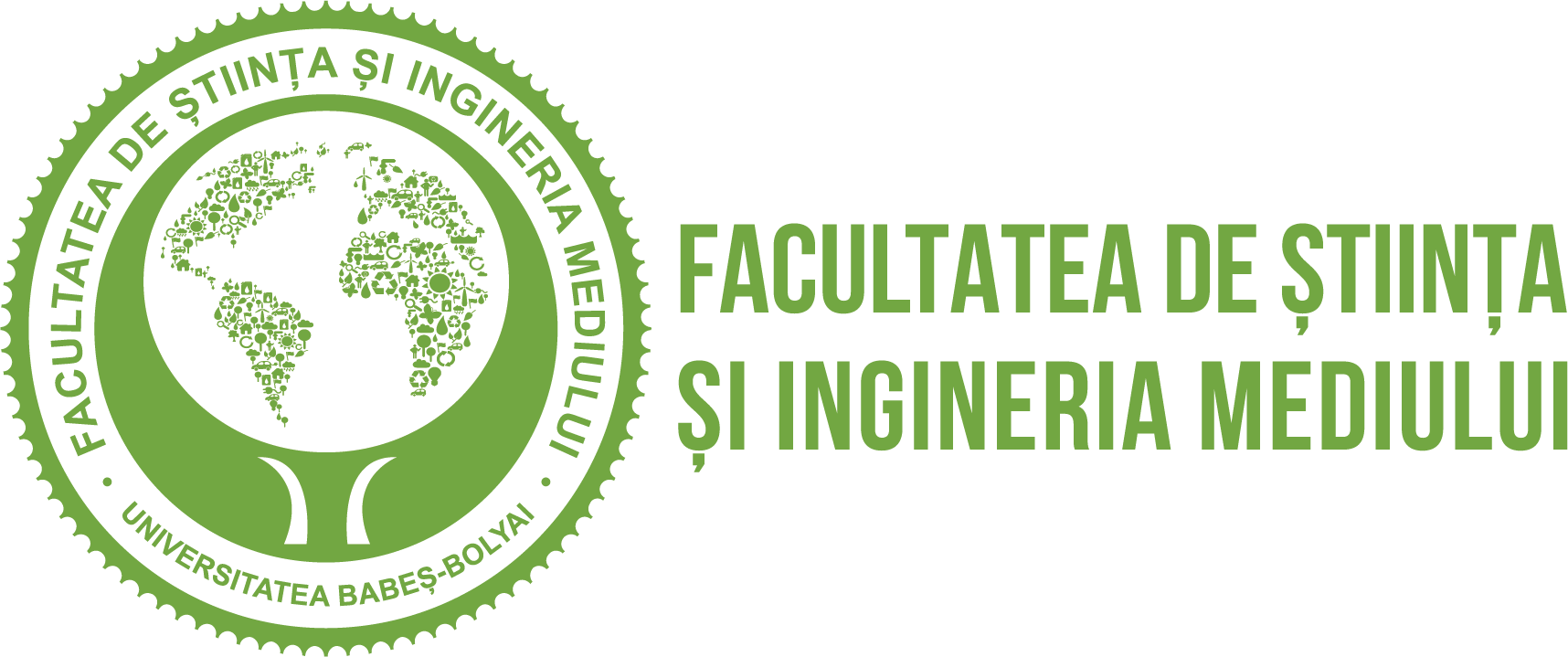Research objective
The Romanian 3D Atmospheric Research Observatory aims to improve the modeling of physical, chemical, and biological processes, to quantify and reduce uncertainties in the evaluation of the hydrological cycle and its impact on natural resources. The main objective is to research the composition of the low atmosphere (gases and aerosols). Atmospheric processes such as gas and aerosol dynamics, radiative effects, effects on climate, cloud formation, soil and vegetation absorption are also studied.
The laboratory has been in operation since 2009 and is currently integrated into several international aerosol atmospheric research networks: EARLINET – European Aerosol Research Lidar Network; NASA – AERONET – AerosolRobotic Network.
The laboratory in Cluj Napoca is also part of the national ACTRIS RO consortium. ACTRIS RO is a signatory of the ACTRIS ESFRI proposal and is included on the 2016 Roadmap as a pan-European infrastructure of interest.
The ACTRIS-UBB project is currently being implemented.
Activities
- Operational activities
- The monitoring of aerosols, both at ground level through measurements of PM10 and PM2.5 particle concentrations, and in the atmosphere through active remote sensing techniques (lidar technology) or passive (solar photometry) to obtain a complete characterization of the atmospheric aerosol (optical and microphysical parameters of the aerosol, concentrations).
- Monitoring gases, including greenhouse gases: CO2, SO2, O3, water vapor;
- Monitoring ground-level meteorological parameters: temperature, pressure, relative humidity, etc
- Scientific activities
- Analysis and characterization of atmospheric aerosols from both anthropogenic and natural sources;
- Evaluation of the impact of atmospheric aerosols on climate and socio-economic activities;
- Atmospheric radiative transfer;
- Synergetic analysis of air pollutants through systematic monitoring of CO2, SO2, and O3 at ground level;
- Studies regarding the impact of climate change on society;
- Studies regarding the impact of atmospheric pollutant transport.
Strategic Infrastructure
The mobile laser remote sensing system, the LR231-D300 multi-wavelength Raman depolarization LIDAR, is used to study the planetary boundary layer and atmospheric aerosols. It provides information on the dynamics of aerosol layers in the atmosphere and the planetary boundary layer, as well as the optical scattering and extinction coefficients of the aerosol at multiple wavelengths.
Other assets
- Automatic Sun Tracking Photometer CE 318
- The CE 318 automatic sun tracking photometer has been designed and realized to be a very accurate sun photometer with all the qualities of a field instrument: motorized, portable, autonomous (solar powered) and automatic. Its main purpose is to measure sun and sky radiance in order to derive total column water vapour, ozone and aerosols properties using a combination of spectral filters and azimuth/zenith viewing controlled by a microprocessor.
- DUSTTRAKTM Aerosol Monitor
- The DUSTTRAKTM Aerosol Monitor measures aerosols in a wide variety of environments, from offices and industrial workplaces to outdoor environmental and construction sites. It provides reliable exposure assessment by measuring particle concentrations corresponding to PM10, PM2.5, PM1.0 or respirable size fractions.
- DUSTTRAK™ DRX Aerosol Monitor Model 8533
- The Model 8533 is an advanced version of the DUSTTRAK™ II Aerosol Monitor known as DRX model. The primary difference between the basic single-channel DUSTTRAK II photometer and the Advanced DRX model are in the ability of the DRX advanced models to measure size fractions of the sampled aerosol in addition to making a mass based photometric measurement. This employs a patent pending method to simultaneously measure size segregated mass fraction concentrations (PM1, PM2.5, Respirable/PM4, PM10/Thoracic, and TPM) over a wide concentration range (0.001–150 mg/m3) in real time.
- APOA-370 Ambient Ozone Monitor
- The APOA-370 continuously monitors atmospheric ozone concentrations using a cross flow modulated ultraviolet absorption method. The APOA-370 employs an independent, internal dry-method sampling device to achieve the highest levels of sensitivity and accuracy. The dry method, due to its minimal maintenance requirements and capability of continuously monitoring and instantaneously analyzing gases in their unaltered state, has been a preferred method for monitoring the atmospheric pollution.
- ML® 9820 Carbon Dioxide Analyser
- The ML® 9820 analyzer is based on gas filter correlation spectroscopy which provides for accurate and reliable measurements of CO2 concentration which is corrected for temperature and pressure changes and displayed in units of parts per million (ppm) or milligrams per cubic meter (mg/m3).
- UV, IR CAMERA
- UV and IR Ground-based imaging cameras are used for industrial and anthropogenic gas emission monitoring and assessment (SO2, particles), volcanic plume and visual range.
- Weather Station
- The weather station is used for monitoring meteorological parameters like temperature, relative humidity, atmospheric pressure, water vapour mixing ratio, wind speed and wind direction, solar radiation.
Team
| P.I.: |
|---|
| Lect. dr. ing. Nicolae AJTAI |
| Working Group |
| Lect. dr. ing. Nicolae Ajtai
C.S. III dr. ing. Horaţiu Ştefănie Prof. dr. ing. Alexandru Ozunu C.S. III dr. Camelia Botezan Lect. dr. Dan Costin Dr. ing. Lucia Deaconu Dr. ing. Ioana-Cristina Piștea Dr. Monika Meltzer Drd. ing. Alexandru Mereuță Drd. Andrei-Titus Radovici Msc. ing. Horea Cămărășan |
Collaborations:
INTERNATIONAL
- Norwegian Institute for Air Research (NILU), Oslo, Norvegia – Dr. Kerstin Stebel;
- CNR IMAA Atmospheric Observatory CIAO, Potenza, Italia – Dr. Gelsomina Pappalardo;
- Univeristy of l’Aquila, CETEMPS, Italia, Dr. NicoCimini
- Université Lille 1, Laboratoire d’ Optique Atmosphérique, Franța –Prof. Philippe Goloub;
- Universität zu Köln, Institut für Geophysik und Meteorologie, Germania, Prof. Susanne Crewell;
- Univeristy of Reading, Meteorology Department, UK, Dr. Christine Chiu;
- Radiometer Physics GmbH, Germania, Dr. Thomas Rose
NATIONAL
- National Institute for Research and Development in Optoelectronics INOE 2000 – Dr. Doina Nicolae;
- University of Bucharest, Faculty of Physics – Dr. Sabina Ștefan;
- Alexandru Ioan Cuza University, Faculty of Physics, Atmosphere Optics, Spectroscopy and Lasers Laboratory – Prof. Asoc. Dr. Silviu Gurlui;
- INCAS – National Institute for Aerospace Research “Elie Carafoli” – Dr. Andreea Boscornea;
- National Meteorology Administration , Dr. Valentin Ristici;
Location
Faculty of Environmental Science and Engineering, Section C, Floor 3, Room C 3.1 and Section E, Floor 2, Room 2.7.7.
Contact
Lect. dr. ing. Nicolae Ajtai
email: nicolae.ajtai@ubbcluj.ro

